15 Old Household Items That Don’t Belong in Your Home Anymore
It is easy to collect objects that eventually lose their place in a modern home. Many of these items stay around out of habit rather than true need. Removing them can free up space and simplify your living area. This makes daily routines smoother and less cluttered.
This post may contain affiliate links, which helps keep this content free. Please read our disclosure for more info.
Landline Telephones
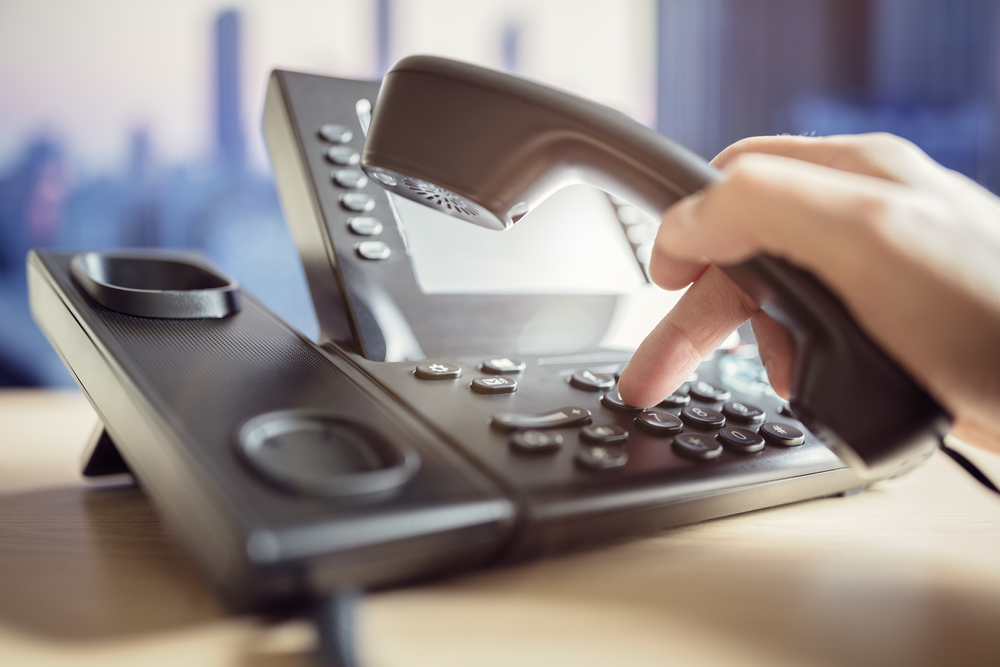
Once the main way families stayed connected, landline telephones are now mostly unnecessary. Mobile phones offer the same service with more convenience. Providers still charge for landlines, which adds cost without much benefit. On resale sites, most phones are listed for $10 to $30. Some people keep them only for emergencies or as reminders of the past.
The convenience of mobile phones has completely replaced landlines. Calls, texts, and video chats can be made from anywhere. Landlines, tied to a wall, feel outdated in modern homes. Removing them can reduce monthly bills. For most households, the extra device is simply unused.
DVD Players
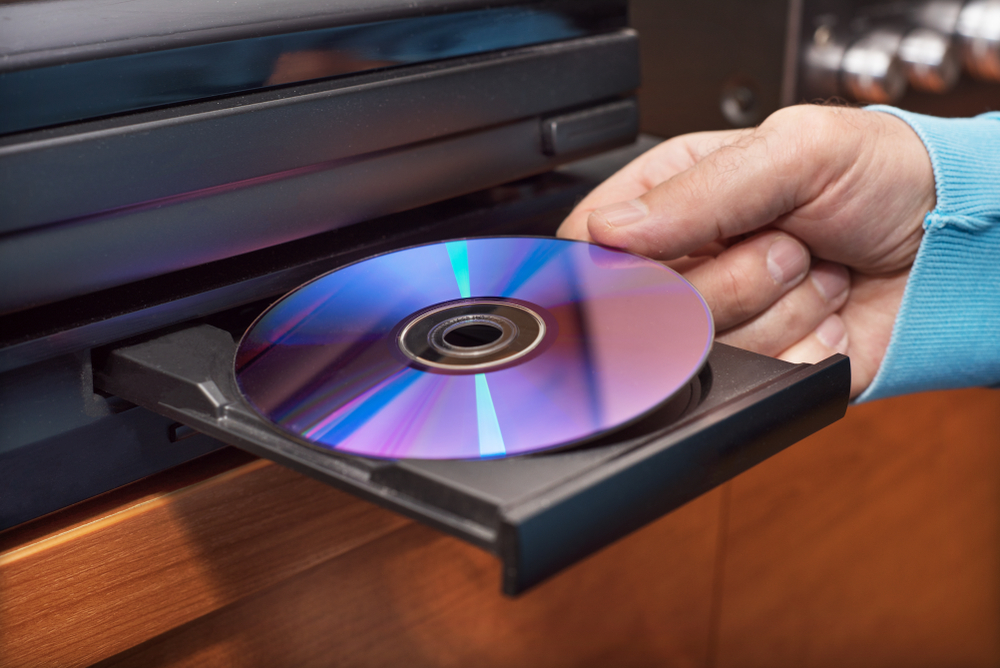
Watching movies at home once meant pulling out a DVD player. Streaming services have made this step unnecessary. Discs are still available, but many people rarely touch their old collections. Prices for used players usually range from $15 to $40. Their value keeps dropping each year.
Streaming offers quick access without shelves of discs. Laptops and consoles still play DVDs, making separate players less useful. Many families store them away in closets. Unless someone has a large collection, they end up forgotten. They have become more backup than daily need.
Alarm Clocks

Many people once relied on a small alarm clock by the bed. Phones have now taken over that role with multiple alarm settings. A basic model costs about $10 to $25, but resale value is very low. Most of them are kept out of habit rather than need. The purpose they served has been absorbed by devices people already carry.
Smartphones and even smart speakers handle waking up better. They allow more customization and flexible settings. Keeping a clock adds clutter without adding function. Unless used for decoration, they are unnecessary today. For most households, it is just an extra item on the nightstand.
CD Collections

Music once came stacked on shelves in cases and boxes. Today, streaming apps make it possible to carry thousands of songs in your pocket. Old CDs often sell for only $1 to $5 each. Only rare albums or box sets are worth more. For everyday listening, digital playlists are easier.
CDs need a working player and space for storage. Most households no longer keep players at all. People often keep CDs for memories rather than music. Streaming does not require equipment or physical storage. That is why discs have mostly faded from homes.
China Cabinets
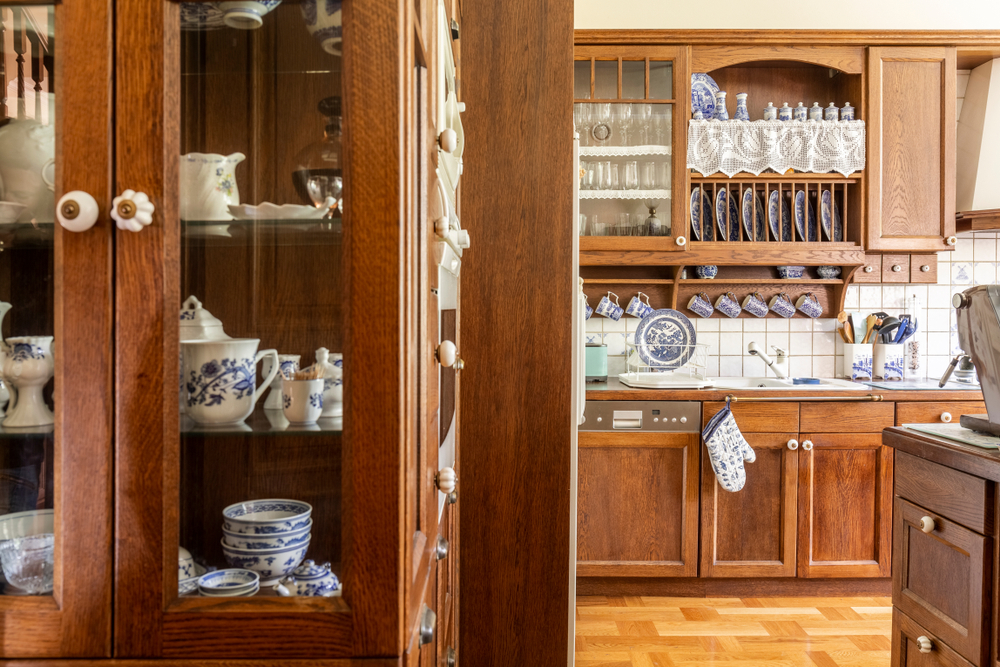
Large cabinets once proudly displayed fine dishes and glasses. Today, they do not match the way most people live. Secondhand pieces sell for $50 to $200. Younger buyers often skip them entirely. They are difficult to fit into smaller homes.
Minimalist trends encourage lighter storage solutions. Open shelving and compact designs are now preferred. Dishes kept in a cabinet are rarely touched. Unless passed down as heirlooms, they often get donated. They no longer serve a real purpose for most families
Phone Books
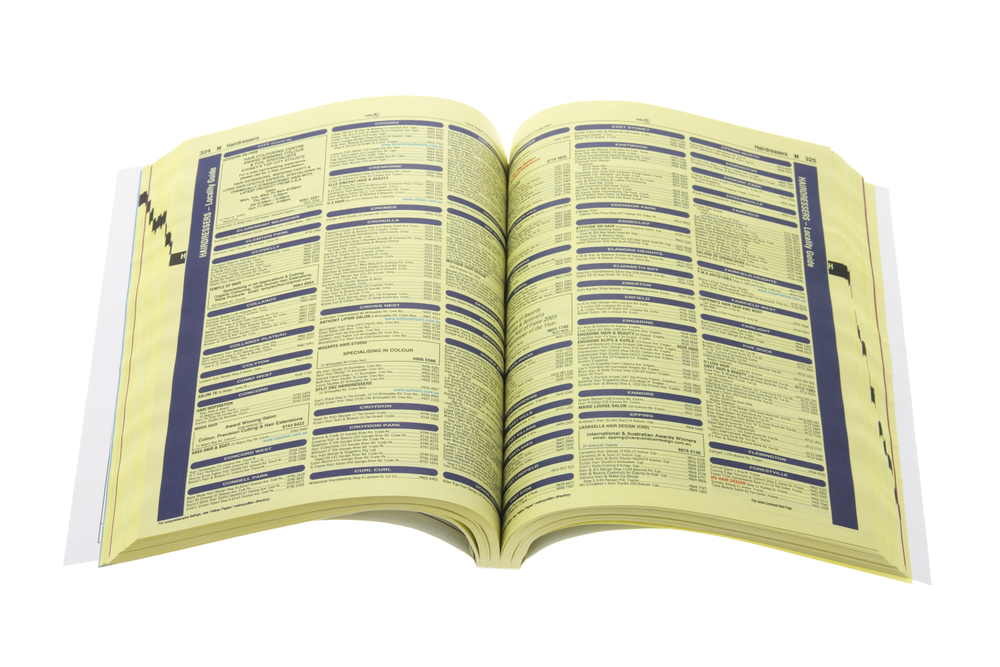
Thick printed books filled with names and numbers were once delivered to every home. Now they usually go straight into the recycle bin. Digital searches make finding a number instant. Old phone books hold no resale value. They take up space without serving a purpose.
Contacts saved on phones are easier to manage and update. Search engines provide more accurate and current results. Printed books are outdated almost as soon as they arrive. Many households discard them immediately. Digital options have fully replaced the bulky books.
VCRs
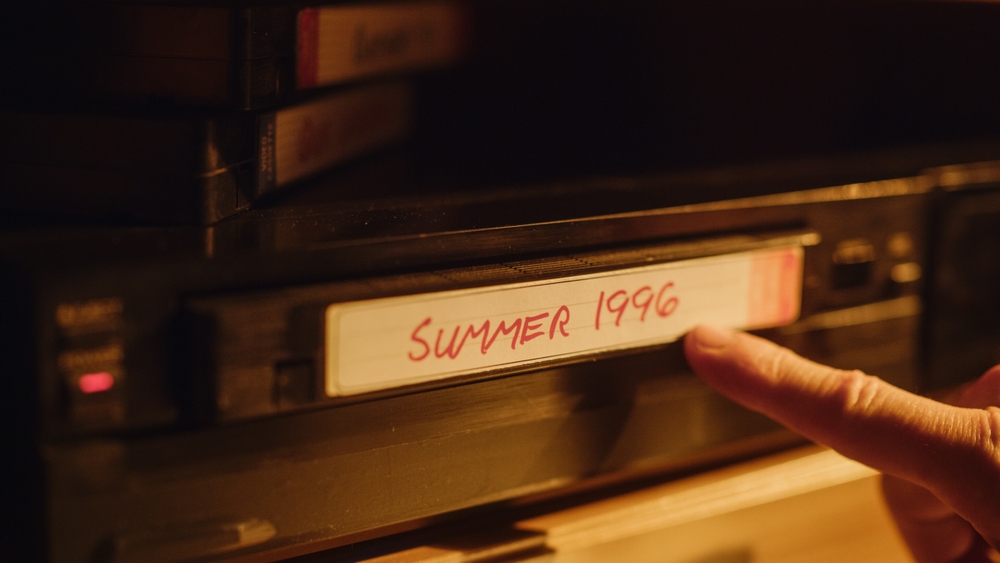
Home movie nights used to depend on VHS tapes. With DVDs and streaming, VCRs have become nearly useless. Collectors may pay $20 to $60 for a working unit. Most homes no longer even have tapes left. They are heavy and outdated.
VHS quality fades as the tape ages. Families who had home videos have transferred them to digital files. The machines take up a lot of room. They are also difficult to repair. For most households, VCRs are no longer practical.
Bread Makers
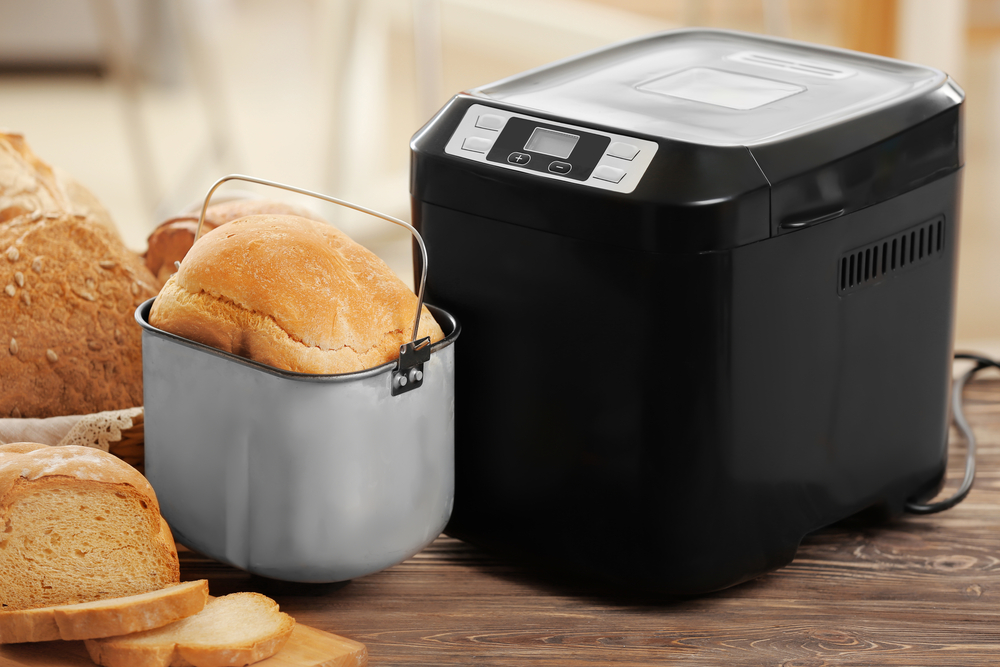
The idea of fresh bread at home once sold many machines. In reality, they are used only a few times before being stored away. A used one often sells for $20 to $50. They are bulky and hard to clean. Many owners later regret buying them.
Buying bread or baking by hand is usually easier. Machines require measuring, timing, and long baking cycles. They also occupy kitchen counter or cabinet space. Unless baking is a regular hobby, the machine sits unused. Most families eventually give them away.
Candelabras
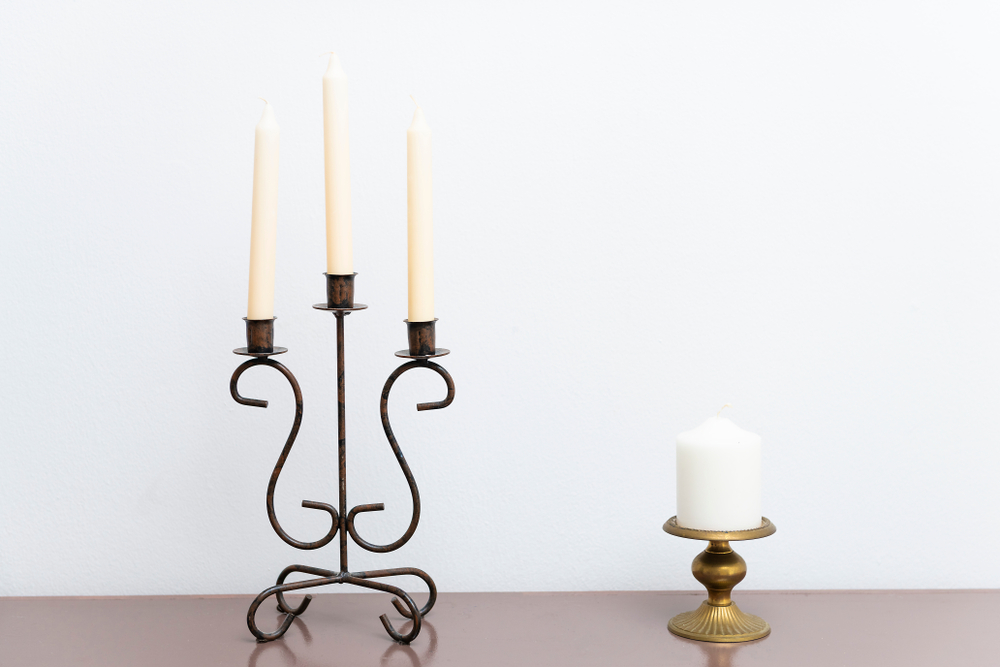
Lighting once depended on tall candle holders. Today, they are used mostly for decoration. A secondhand piece may sell for $20 to $100. Antiques might fetch more. For everyday life, they serve little purpose.
Electric lights are safer, brighter, and easier to use. Candles are kept for mood or special dinners. Large holders take up table or shelf space. Most homes prefer smaller decorative candles instead. The old fixtures rarely see use anymore.
Treadmills
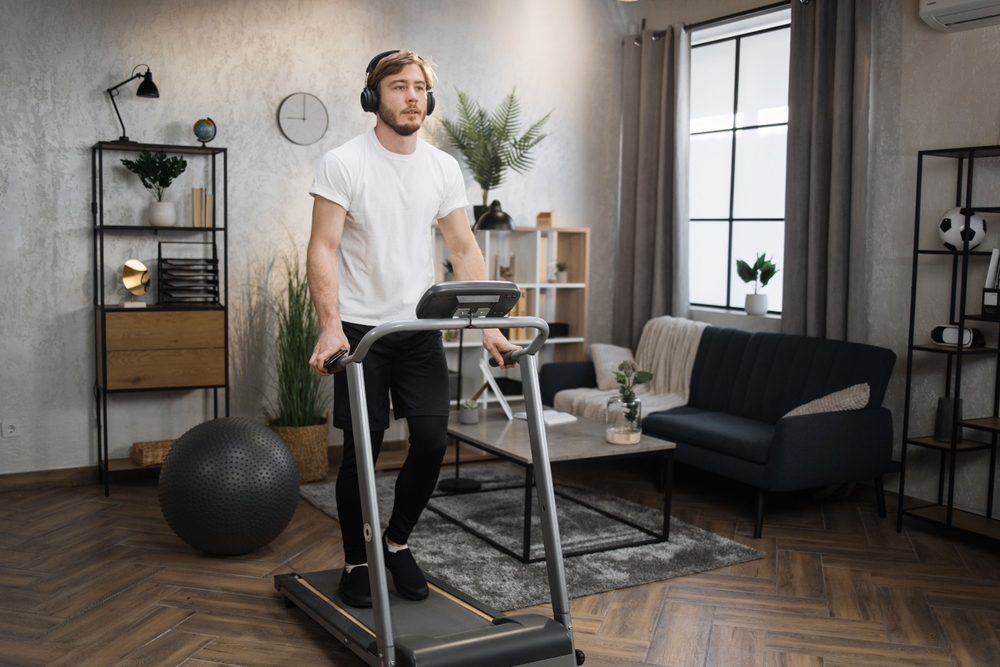
Exercise equipment often starts with good intentions. In many homes, treadmills now act as storage racks. A used one may bring $100 to $300 depending on the brand. High-end models still lose value quickly. They also take up large areas of floor space.
Outdoor jogging or gym memberships are easier for many people. Treadmills need regular maintenance and cost to move. They are noisy and can wear down quickly. Most owners end up using them less than expected. For most households, the purchase is not worth it..
Sewing Machines
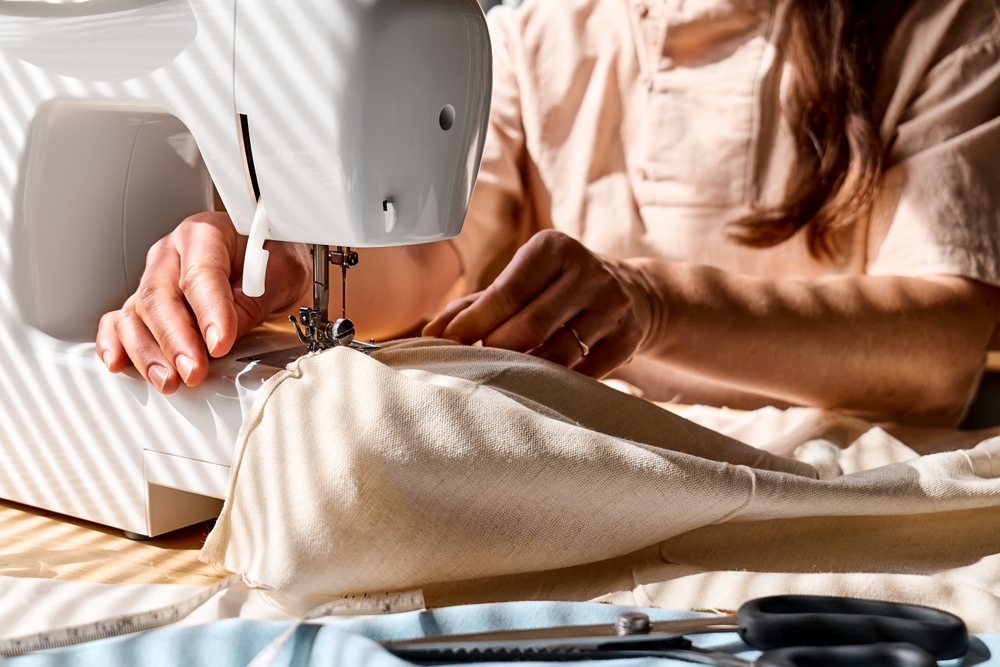
There was a time when clothing repairs and sewing were done at home. Cheap ready-made clothing changed that completely. A working machine sells for $50 to $150 used. Antique ones may be priced higher, but demand is limited. Many end up gathering dust in closets.
Tailors and repair shops make fixes faster and easier. For casual use, sewing machines are impractical. They require space, supplies, and skill. At home, they have shifted from necessity to hobby. Only a few families still keep them in regular use.
Disposable Cameras

Before smartphones, quick photos meant grabbing a disposable camera. They offer limited shots and must be developed at a store. A new one costs $10 to $20, plus development fees. The cost outweighs the benefit for daily use. They are now treated as novelties at events.
Phones have completely taken over photography. Pictures are instant, clear, and easy to share. People no longer wait days for prints. Disposable cameras are now more for fun than function. They are not common in homes anymore.
Encyclopedias

Heavy book sets once lined shelves in living rooms. They were a source of learning before the internet. Today, they sell secondhand for $50 to $200 but have little demand. Many are donated to libraries or recycling centers. They take up large amounts of space.
Information in printed sets goes out of date quickly. Online searches give more accurate and current knowledge. Families now rely on laptops or phones instead. Encyclopedias are more decoration than practical reference. Most households no longer keep them.
Rolodex Card Files
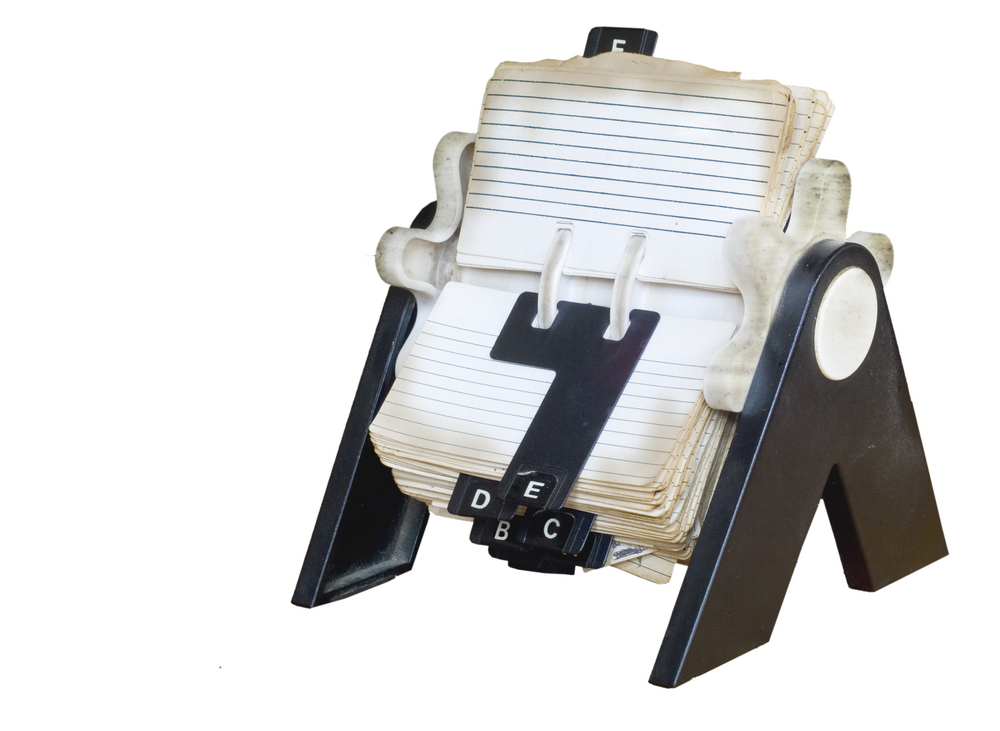
Contacts were once stored on spinning card holders. They were common on office desks. Now, digital contact lists make them obsolete. Used Rolodex files sell for $10 to $20. Collectors may pay slightly more for vintage pieces.
Phones and computers save contacts instantly. Paper cards take effort to write and update. Many younger people have never seen one in use. They are now mostly kept for nostalgia. At home, they have no real function.
Waterbeds
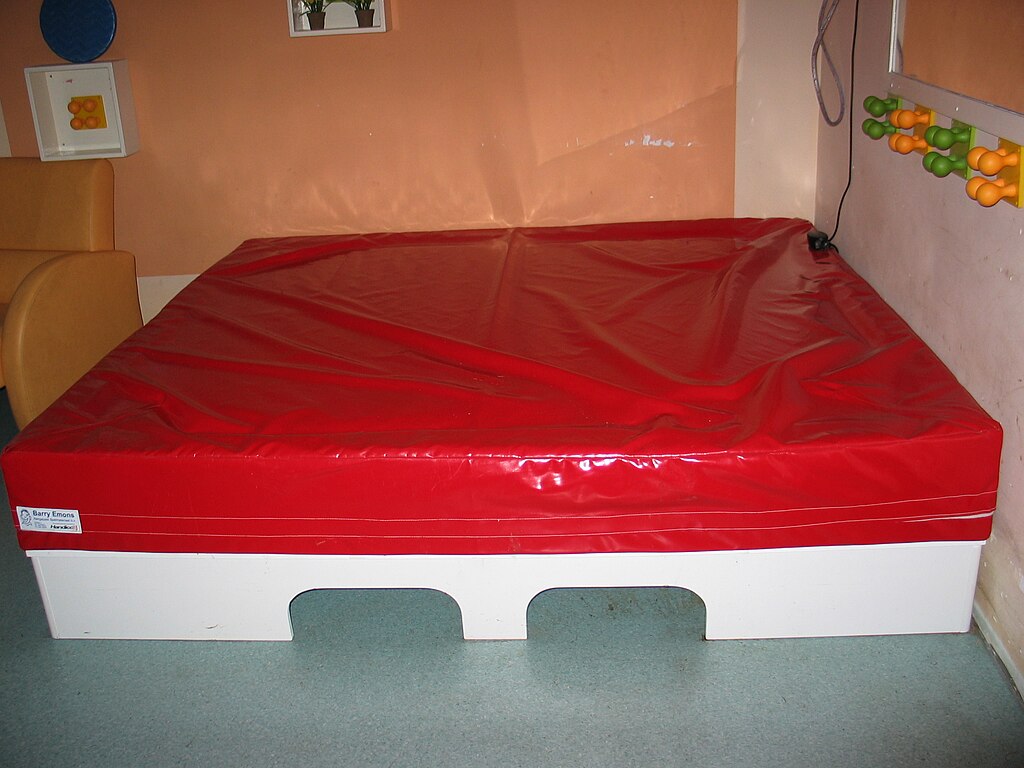
Once a trend in the 1980s and 1990s, waterbeds have almost disappeared. They are heavy, hard to move, and prone to leaks. Used models sell for $100 to $300 but are hard to sell. They also require special frames and sheets. Maintenance is often too much trouble.
New mattress designs are more practical and comfortable. Memory foam and hybrids are easier to care for. Repairs for leaks are costly and messy. Many owners abandoned them years ago. Few households still choose waterbeds today.
This article originally appeared on Avocadu.
